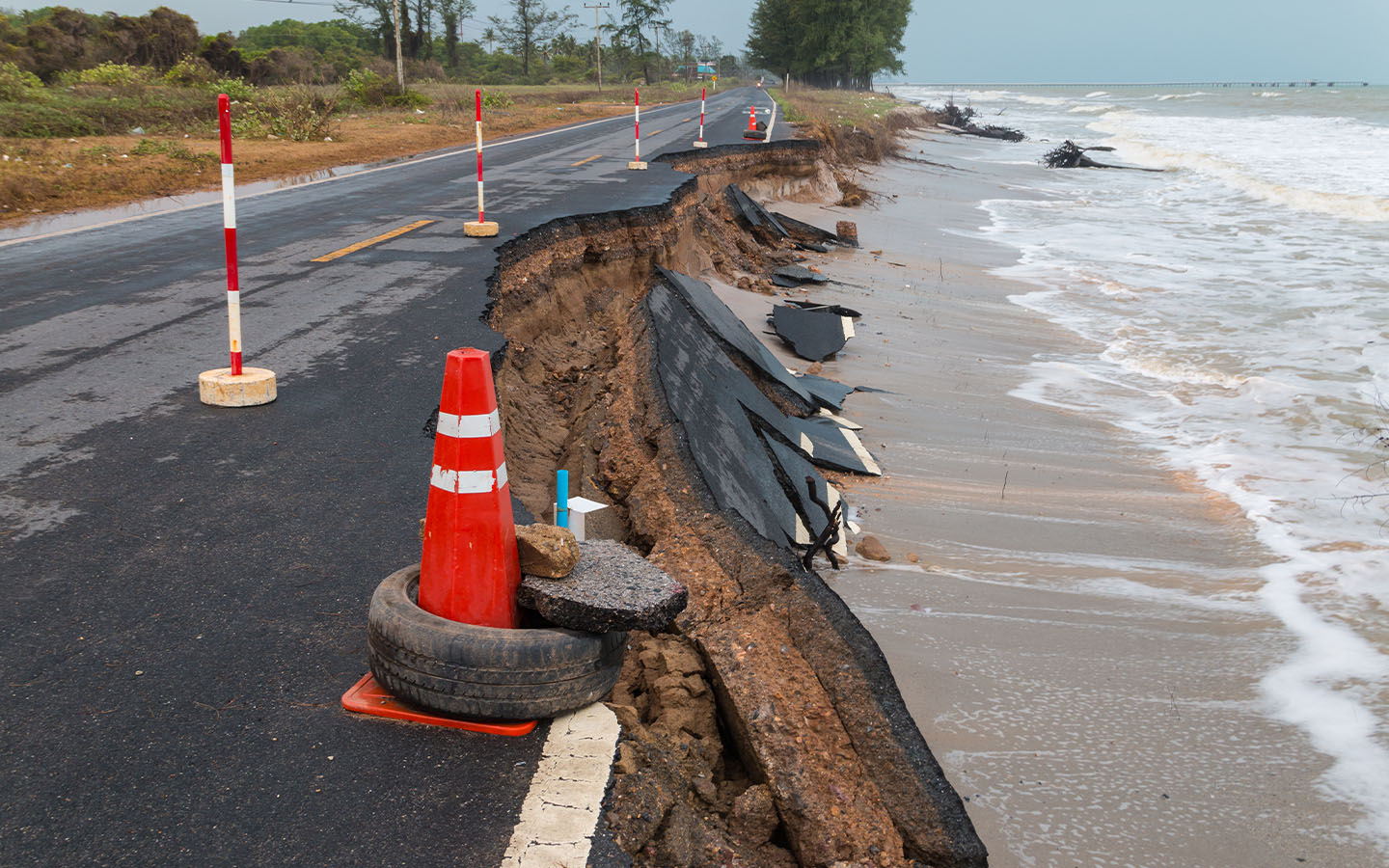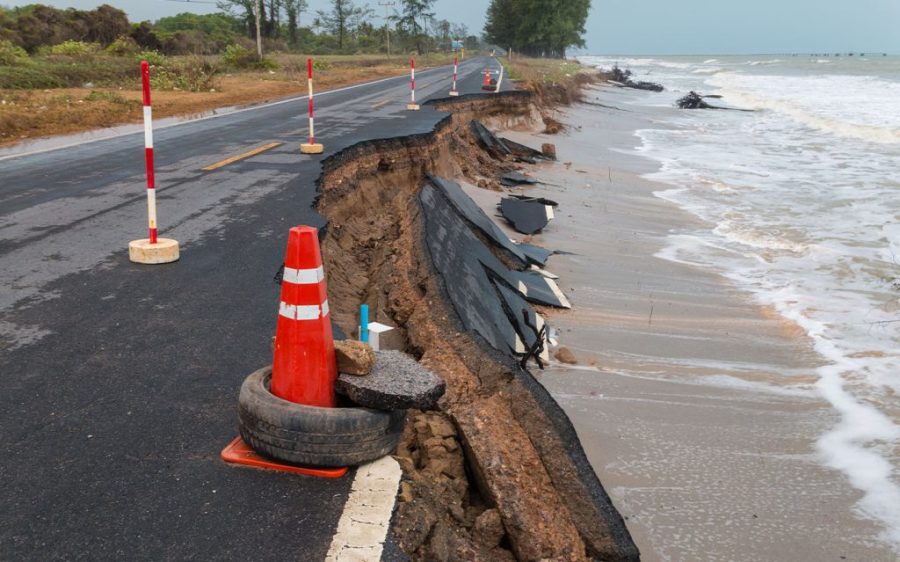As sea levels rise and other effects of climate change threaten coastlines worldwide, a new study out of Northwestern University in the US state of Illinois shows a promising new safe, inexpensive method to protect crumbling coasts.
Continental shelf-dwelling creatures like clams and mussels utilise dissolved minerals in seawater to build their shells, a method the team of researchers was able to replicate in laboratory experiments by running a mild electrical current through marine sand, instantly transforming it into a rock-like solid. A current of 2 to 3 volts creates calcium carbonate, the same mineral used to build mollusc shells, while 4 volts yields magnesium hydroxide and hydromagnesite. These minerals work to bind the sand together, acting like glue – a process the Northwestern team was able to replicate in the lab with all types of sand.
“My aim was to develop an approach capable of changing the status quo in coastal protection,” study lead Alessandro Rotta Loria, a civil and environmental engineering professor at Northwestern, told Northwestern Now.
[See more: The UN Secretary-General raises the alarm on rising sea levels]
Nearly half the world’s population lives in coastal areas and the loss of land and infrastructure in these areas, Rotta Loria pointed out, “causes billions of dollars in damage per year worldwide.” A 2020 study by the European Commission’s Joint Research centre found that nearly 26 percent of the world’s beaches will be washed away by the end of the century. Currently the two main approaches to mitigating coastal erosion are building protective structures and barriers, such as sea walls, or injecting cement into the ground to strengthen marine substrates. Both approaches are extremely expensive, subject to erosion themselves, while injecting binders “has a number of irreversible environmental drawbacks,” Rotta Loria noted.
His “natural cement,” on the other hand, is entirely reversible – simply switching up the anode and cathode electrodes will dissolve it back into seawater and sand. It also poses little risk to sea life as the voltage used is too mild to feel and the use of similar processes in marine environments hasn’t been harmful. This approach is also significantly less expensive, costing as little as US$3 per cubic metre compared to US$70 for binders used over the same area.
Moreover, the natural cement method could potentially be used to strengthen existing reinforced concrete structures, healing cracks in the structures themselves or reinforcing the sand underneath, at far lower costs than the alternatives. “The applications of this approach are countless,” Rotta Loria said. Bolstered by the results in the lab, the team now plans to take its work outside to the beach.






